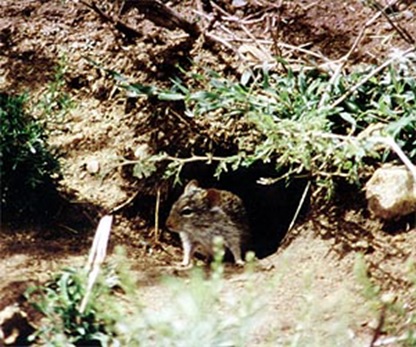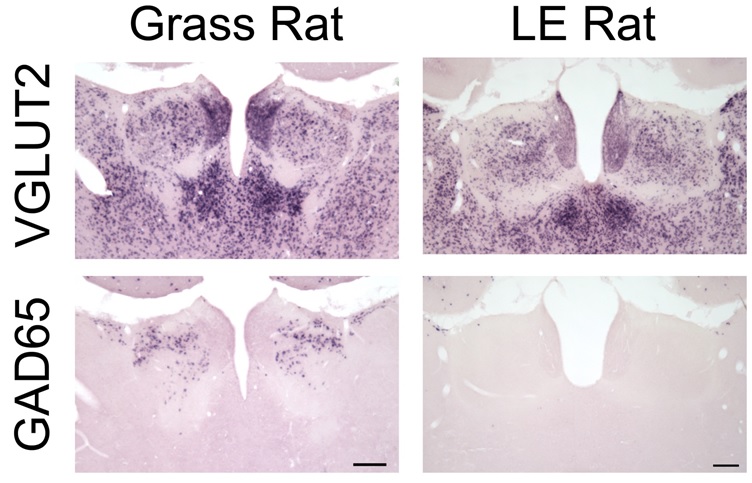Time-keeping Mechanisms and Patterns
The periods during which animals are most active are heavily influenced by an internal “circadian clock” that leads animals to anticipate daily changes in  temperature and light, and by mechanisms that enable them to increase or decrease their arousal and activity more directly and respond acutely to changes in light, a process known as “masking”. The ways in which these mechanisms affect activity are very different in animals with different activity patterns and one of our goals is to determine how they have diverged at evolutionary transitions from one temporal niche to another.
temperature and light, and by mechanisms that enable them to increase or decrease their arousal and activity more directly and respond acutely to changes in light, a process known as “masking”. The ways in which these mechanisms affect activity are very different in animals with different activity patterns and one of our goals is to determine how they have diverged at evolutionary transitions from one temporal niche to another.
One current project focused on these issues involves examination of the hypothesis that the brains of nocturnal and diurnal species respond differently to signals from the primary time-keeping structure of the mammalian brain, the suprachiasmatic nucleus (SCN). To do this we are collaborating with Dr. Andrew Gall and his students at nearby Hope College to transplant the SCN of a diurnal species (the unstriped Nile grass rat) into the brains of a nocturnal one (Norway rats). Dr. Raul Aguillar Roblero at the National University of Mexico, a pioneer in the development of such transplants, is also playing a key role in this project.
Another line of work has addressed specific brain structures that are involved in  interpreting signals emitted by the “brain clock” in the SCN, or by the retina, or both. We are currently focusing on a forebrain structure referred to as the habenula, which responds directly to light, exhibits rhythms that are different in diurnal Nile grass rats and nocturnal Norway rats, and contains a population of inhibitory neurons in the former but not the latter species. This work on basic time-keeping mechanisms is being conducted in collaboration with Drs. Lily Yan and Antonio A. Nunez here at MSU.
interpreting signals emitted by the “brain clock” in the SCN, or by the retina, or both. We are currently focusing on a forebrain structure referred to as the habenula, which responds directly to light, exhibits rhythms that are different in diurnal Nile grass rats and nocturnal Norway rats, and contains a population of inhibitory neurons in the former but not the latter species. This work on basic time-keeping mechanisms is being conducted in collaboration with Drs. Lily Yan and Antonio A. Nunez here at MSU.
